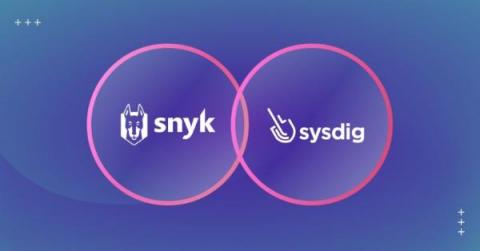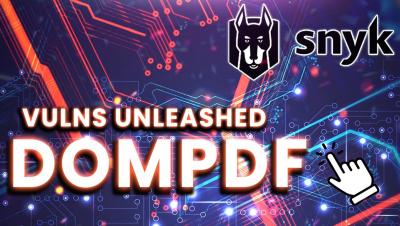Security | Threat Detection | Cyberattacks | DevSecOps | Compliance
Snyk
Stranger Danger: Your Java Attack Surface Just Got Bigger
8 tips for securing containers from source to runtime
Today we’re announcing a new container security cheat sheet and report — created in collaboration with our partner Sysdig. Download cheatsheet In this post, we’ll outline tips to help you successfully navigate the challenges of container security with a focus on three core principles: Traditional security approaches are incapable of handling the distributed and ephemeral nature of containers.
Keeping Docker secrets secure (even if you're not using Kubernetes)
Distributed containerized systems compose applications, resources, services, databases, and other artifacts. These components often need sensitive information such as user keys, passwords, API keys, and certificates to function properly. Secrets management is critical for adequately handling sensitive information and Kubernetes deployments often utilize their built-in Secrets resource type and associated RBAC controls but what if you aren’t deploying on Kubernetes?
5 ways to secure Drupal 10
Drupal is a popular content management system (CMS) that leading corporations and government agencies use for mission-critical applications. With a supportive community of developers, robust security, multilingual support, compliance with WCAG guidelines, and ease of integration, Drupal is a go-to CMS.
Rediscovering argument injection when using VCS tools - git and mercurial
One of the main goals for this research was to explore how it is possible to execute arbitrary commands even when using a safe API that prevents command injection. The focus will be on Version Control System (VCS) tools like git and hg (mercurial), that, among some of their options, allow the execution of arbitrary commands (under some circumstances). The targets for this research are web applications and library projects (written in any programming language) that call these commands using a safe API.
How open source C++ code can introduce security risks
Open source libraries and frameworks are a great way to jump-start development projects. Open source empowers developers to do some great things without reinventing the wheel and developing solutions for problems that have already been solved. However, adding any code to a project carries an inherent risk of introducing potential vulnerabilities that may have made their way into it through error or malice.
Vulns Unleashed: Dompdf
The dangers of assert in Python
There are many ways to find bugs in Python code: the built-in debugger (pdb), a healthy amount of unit tests, a debugger in an IDE like Pycharm or Visual Studio, try/catch statements, if/else statements, assert statements, or the tried and true practice of covering every inch of your codebase in print() statements like it’s going out of style. Assert statements can help us catch bugs quickly and are far less intrusive than copious amounts of print statements.











